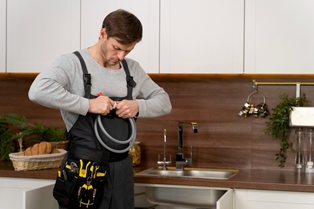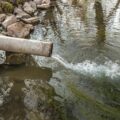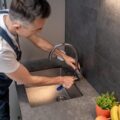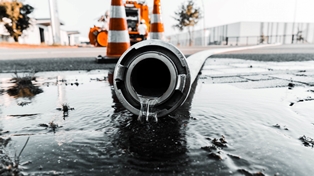French drains play a crucial role in managing excess water around your property, preventing potential damage to foundations and structures. To ensure the continued effectiveness of this drainage system, regular maintenance is essential. In this article, we will explore the key aspects of French drain maintenance, offering insights and guidelines for preserving its optimal functionality.
Routine Inspection and Cleaning:
Regular inspections are the cornerstone of effective French drain maintenance. Conduct routine checks to identify any signs of clogs, debris accumulation, or potential issues. Clear the drain of leaves, twigs, and sediment regularly to maintain unobstructed water flow. By making inspection and cleaning a part of your regular home maintenance routine, you can address minor problems before they escalate into major issues.
Seasonal Maintenance Guidelines:
Different seasons bring distinct challenges for your French drain. In colder months, freezing temperatures may lead to ice formation, potentially causing blockages. Ensure proper insulation and consider adding extra protection to prevent freezing. In warmer seasons, heavy rains can overload the system. Regularly inspect and clean the drain after storms to avoid clogs and ensure optimal performance during peak water flow periods.
Troubleshooting Common Issues:
Understanding and addressing common issues is crucial for effective French drain maintenance. Slow drainage, standing water, or unusual sounds may indicate potential problems. Check for clogs, inspect the grading, and ensure proper water flow. If issues persist, it’s advisable to seek professional assistance promptly. Timely troubleshooting can prevent extensive damage and maintain the efficiency of your drainage system.
Extending the Lifespan of Your French Drain:
Proactive measures can significantly extend the lifespan of your French drain. Manage vegetation around the drain to prevent root intrusion, and protect the inlet with a filter fabric or grate. Regularly inspect the grading and re-grade the soil as needed. By addressing potential issues promptly and adopting preventative measures, you can maximize the longevity of your French drain and minimize the risk of costly repairs.
FAQs
Regular inspections should be conducted at least twice a year, ideally in the spring and fall, to catch any issues before they escalate.
Yes, you can clean your French drain yourself, but be sure to use eco-friendly solutions and avoid harsh chemicals that could damage the system.
If you notice water pooling around your French drain, it may indicate a clog or damage to the system. Contact a professional contractor to assess and address the issue.
With proper maintenance, French drains can last for several decades. However, factors such as soil conditions and drainage volume can affect their lifespan.
Signs that your French drain may need repairs include water pooling, foul odors, and visible damage to the drain pipes or surrounding soil. If you notice any of these signs, it’s essential to address them promptly to prevent further damage.
Conclusion
Maintaining a French drain requires a proactive and systematic approach. Routine inspections, regular cleaning, and addressing seasonal challenges are essential components of effective maintenance. Troubleshooting common issues promptly and adopting measures to extend the system’s lifespan contribute to its long-term effectiveness. By investing time and effort in proper maintenance, you can ensure that your French drain continues to protect your property from water-related issues for years to come. Remember, a well-maintained French drain is a reliable and durable solution for managing excess water and safeguarding your home.





